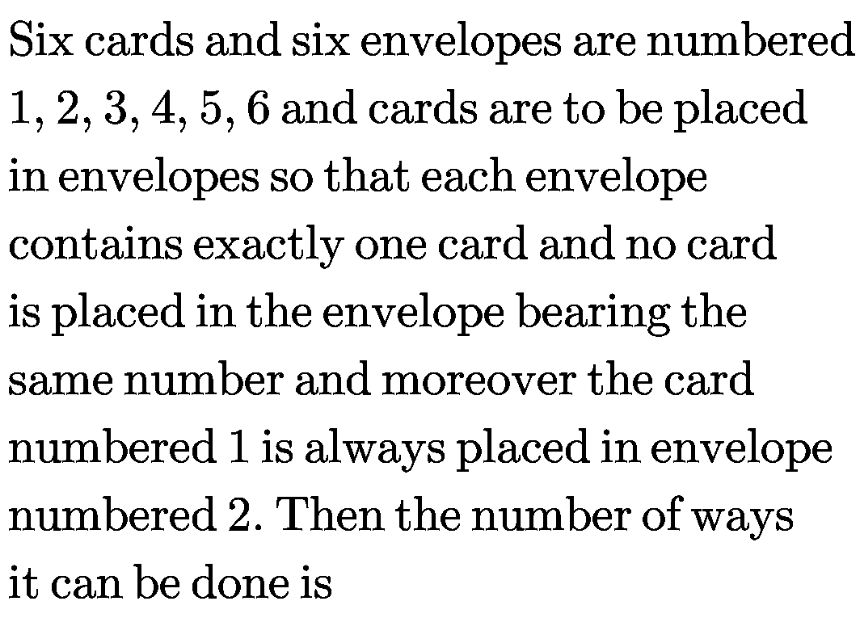
Permutation and CombinationQuestion and Answers: Page 13
Question Number 111394 Answers: 1 Comments: 2
Question Number 111272 Answers: 1 Comments: 0
Question Number 111275 Answers: 1 Comments: 0
Question Number 110729 Answers: 1 Comments: 0
Question Number 110524 Answers: 1 Comments: 0
Question Number 110523 Answers: 0 Comments: 0
Question Number 110498 Answers: 1 Comments: 3
Question Number 109488 Answers: 0 Comments: 0
Question Number 109387 Answers: 0 Comments: 1
Question Number 108638 Answers: 1 Comments: 0
Question Number 108450 Answers: 2 Comments: 2
Question Number 108262 Answers: 2 Comments: 0
Question Number 107844 Answers: 0 Comments: 0
Question Number 107451 Answers: 1 Comments: 1
Question Number 107327 Answers: 0 Comments: 0
Question Number 106815 Answers: 1 Comments: 0
Question Number 106792 Answers: 1 Comments: 0
Question Number 106305 Answers: 1 Comments: 0
Question Number 106292 Answers: 1 Comments: 0
Question Number 105994 Answers: 1 Comments: 1
Question Number 105853 Answers: 0 Comments: 5
Question Number 105791 Answers: 1 Comments: 1
Question Number 105551 Answers: 2 Comments: 0
Question Number 105265 Answers: 3 Comments: 0

Question Number 104370 Answers: 1 Comments: 0

Question Number 104155 Answers: 0 Comments: 3

